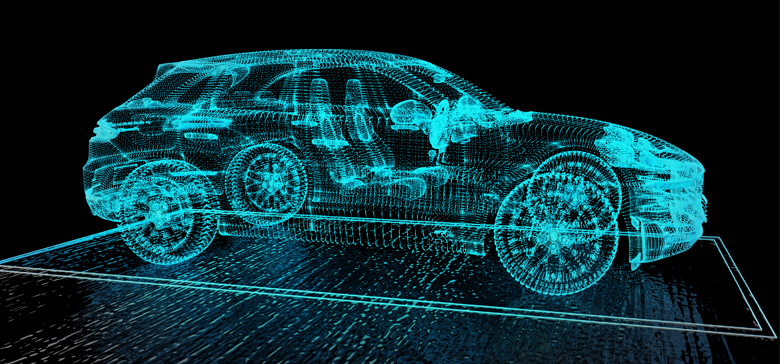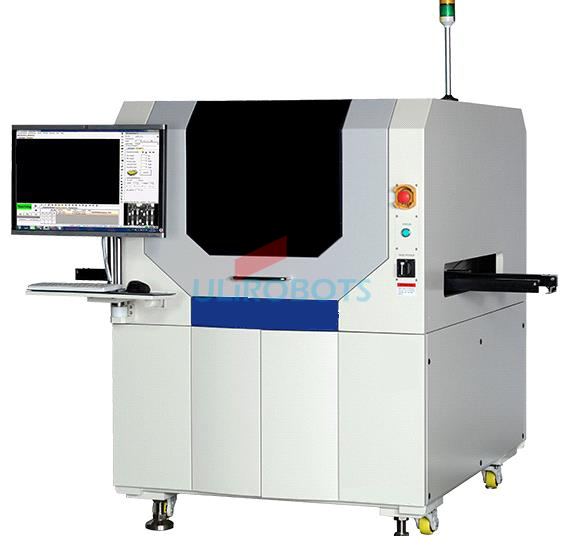In the past, due to the lack of technology in the field of vehicle control systems in the Chinese automobile industry, Chinese sensor companies lost the opportunity to compete with international giants. Today, the global automotive industry is facing an opportunity for a deep transition to the era of intelligent network connectivity. Can Chinese sensor companies use the development of emerging technologies such as ADAS and driverless cars to wipe out the past haze?

Miniaturization and integration are an important feature of MEMS sensors. Such multifunctional sensors are usually only millimeters or microns in size. For cars that use hundreds of sensors on average, MEMS sensors are irreplaceable. Because of this, the automotive industry is considered the first wave of MEMS sensor applications.
At present, the global automotive industry is in a period of deep transition to the era of intelligent network connection, which has brought the popularity of microelectromechanical sensors in the automotive field.

At present, the applications of automotive micro-electromechanical sensors mainly include anti-lock brake system (ABS), electronic body stability program (ESP), electronic control suspension (ECS), electric hand brake (EPB), slope start assist device (HAS), tires Pressure monitoring (EPMS), engine anti-shake, vehicle inclination measurement and in-vehicle heartbeat detection, etc. The main micro-electromechanical devices involved are pressure sensors, acceleration sensors, gyroscope sensors and flow sensors. Ordinary cars use 50 to 100 MEMS sensors, while luxury cars have more than 200 sensors.
Laser welding effect of automotive sensors
More intelligent are advanced driver assistance systems and unmanned driving. Not only traditional car companies, but also emerging Internet companies are eager to research and develop autonomous driving systems and driverless technologies. So, how are automotive sensors produced?
In the field of electronic processing, laser welding is a common processing method. Traditional welding methods generally use manual operations, including welding of automotive sensors. However, with the increase in processing demand, manual processing methods are obviously unable to meet the requirements, manual processing costs are high, and product stability is poor. At present, there are many kinds of welding equipment on the market, among which laser welding has higher automation and flexibility in these welding equipment.

Sensor laser welding machine
Closed-loop precision laser soldering machine is a standard welding equipment to provide automatic laser welding machine for automotive MEMS sensors. The equipment includes a closed-loop control design frame, a semiconductor laser welding system, a double Y structure reciprocating feed mechanism, a pre-weld and post-weld inspection mechanism, a smoke and dust system, a temperature feedback control system and a CCD vision positioning system. It can monitor the completion of the operation in real time during the welding process. PID online temperature adjustment feedback system can control constant temperature welding to realize the welding yield and accuracy of automotive sensors.
1. PC control, visual operation. High-definition CCD camera, optional MARK+DXFGEBER graphics or template matching mode, automatic positioning, to meet the requirements of automatic or online processing of high-precision components, reducing manual intervention.
2. A temperature control model with core technology and a high-precision infrared temperature detector for real-time temperature feedback and control.
3. Non-contact welding, no mechanical stress damage, fast heating speed and small heat affected zone.
4. Laser, CCD, temperature measurement, and indicating light are coaxial at four points, which solves the problem of overlapping multiple optical paths in the industry and reduces complicated debugging.
5. The self-developed constant temperature laser soldering software can realize the calling and processing of different parameters, which is convenient for customers to use.
6. The optical system, motion unit, and control system are fully modularized to improve system stability and maintainability.